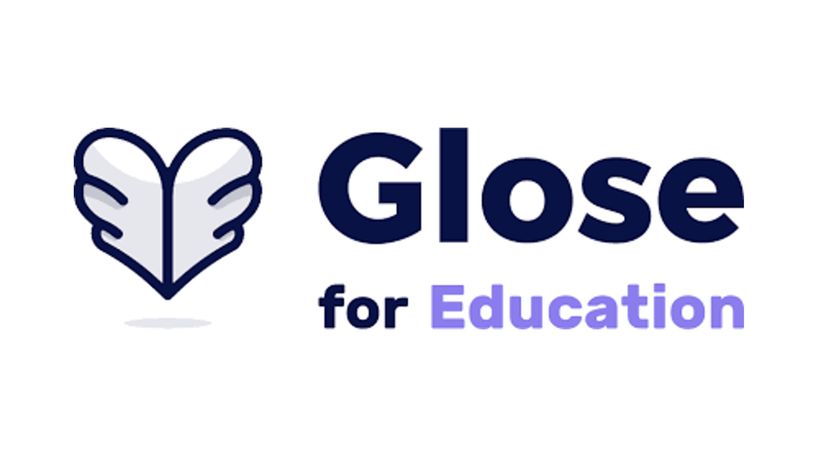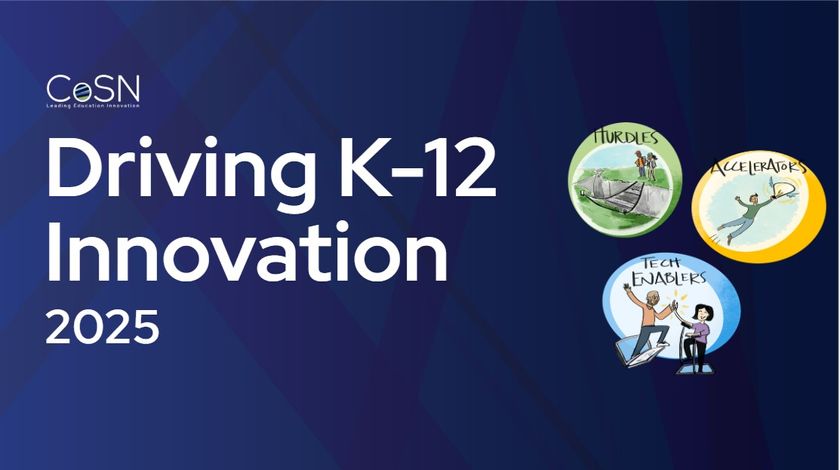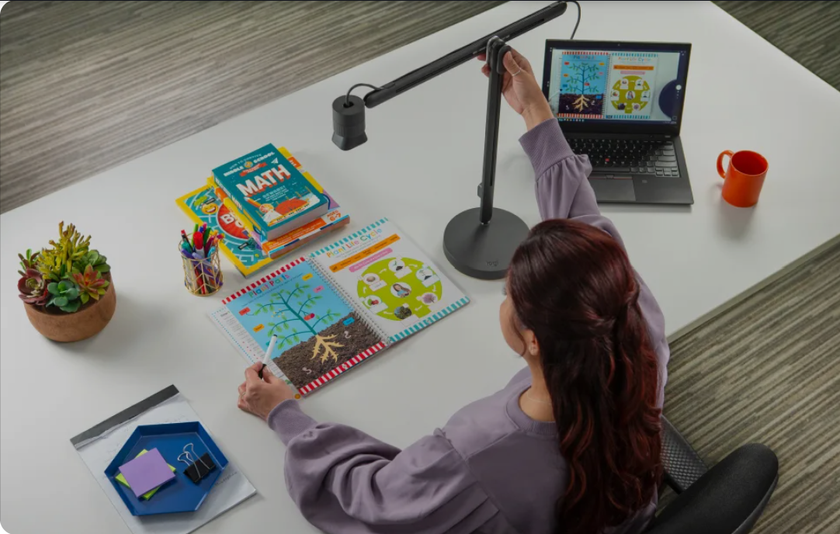Hand Signals - Which Do You Use For Effective Communication?
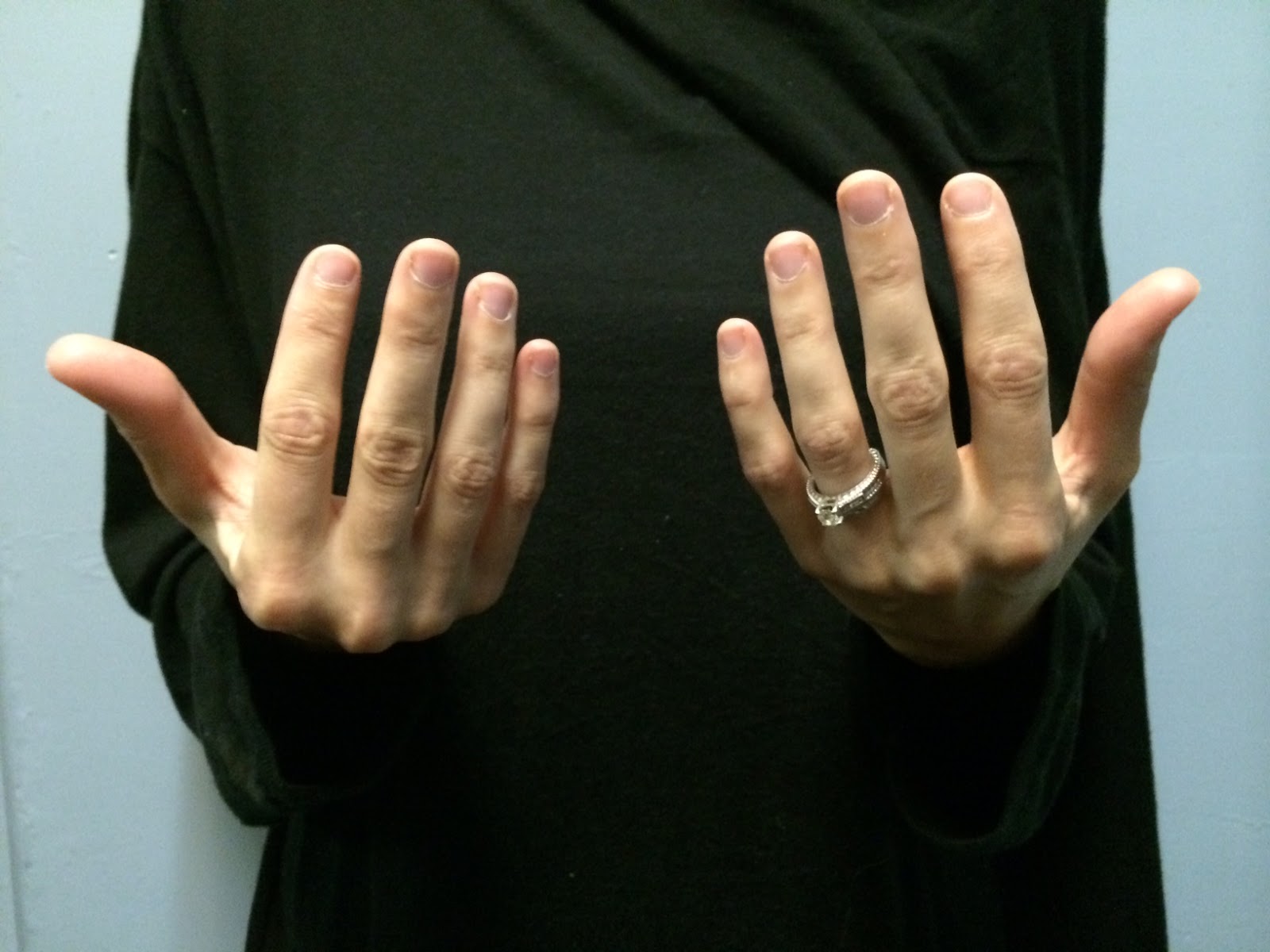
Hear more from Lisa Nielsen and dozens of other edtech experts at Tech & Learning Live @ NY on October 23.
Recently, I enjoyed dinner with a friend and his daughter who is in first grade. As we were talking she used various hand signals to show when she agreed, disagreed, had something to add, and there were a few more. As she shared each signal, I asked what they meant. She asked if I was ever in first grade? I explained that at the school I attended so many years back, we didn’t use hand signals. She explained how they made her time in class work much better and allowed all students to share with each other and the teacher how they felt.
This is something that is important to incorporate in self-directed learning environments. They provide instant feedback without interrupting a speaker. Hand signals make non-verbal communication explicit and deliberate by replacing subtle cues with intentional, well-defined ones.
To follow are several of the hand signals used at Agile Learning Centers which embrace self-directed learning. As you read each one think about which you might incorporate into your work setting.
Twinkle fingers / “This friend speaks my mind” - this signal is done with wiggling fingers and demonstrates strong resonance with what is being spoken.
Delta / Change-up: a call to attention that the group process may need to be GameShifted or that the current process agreements are not being honored. A person can give this hand signal so others can have a chance to wrap up what they’re saying before they say what change-up they see is needed.
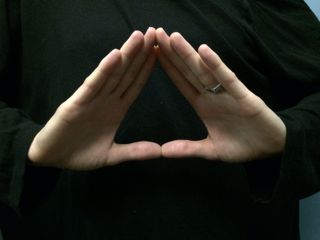
Sometimes the sign is enough to shift people’s awareness and behavior back on the intended track.
Tech & Learning Newsletter
Tools and ideas to transform education. Sign up below.
Got ya / “You have been heard” - This signal is held over the heart and means that the listener has understood the speaker’s point. It includes a gentle nudge that the speaker may move on and release it to the group. It is often helpful when the speaker is repeating a point in different words. If they know they are understood, they know they can move on. For example, this explanation may have warranted a “got ya” sign a sentence or two ago. The explanation continues in order to be sure the point is driven home, but if someone was here to utilize the “got ya” sign, it would have saved us all some valuable reading time.

There are a number of other hand-signals you might want to create for various needs: Stay on Focus, Trust the Group, Clarification Question, Slow-Down, Direct Response, etc.
What are the signals used in your community?
Lisa Nielsen writes for and speaks to audiences across the globe about learning innovatively and is frequently covered by local and national media for her views on “Passion (not data) Driven Learning,” "Thinking Outside the Ban" to harness the power of technology for learning, and using the power of social media to provide a voice to educators and students. Ms. Nielsen has worked for more than a decade in various capacities to support learning in real and innovative ways that will prepare students for success. In addition to her award-winning blog, The Innovative Educator, Ms. Nielsen’s writing is featured in places such as Huffington Post, Tech & Learning, ISTE Connects, ASCD Wholechild, MindShift, Leading & Learning, The Unplugged Mom, and is the author the book Teaching Generation Text.
Disclaimer: The information shared here is strictly that of the author and does not reflect the opinions or endorsement of her employer.
Lisa Nielsen (@InnovativeEdu) has worked as a public-school educator and administrator since 1997. She is a prolific writer best known for her award-winning blog, The Innovative Educator. Nielsen is the author of several books and her writing has been featured in media outlets such as The New York Times, The Wall Street Journal, and Tech & Learning.
Disclaimer: The information shared here is strictly that of the author and does not reflect the opinions or endorsement of her employer.


